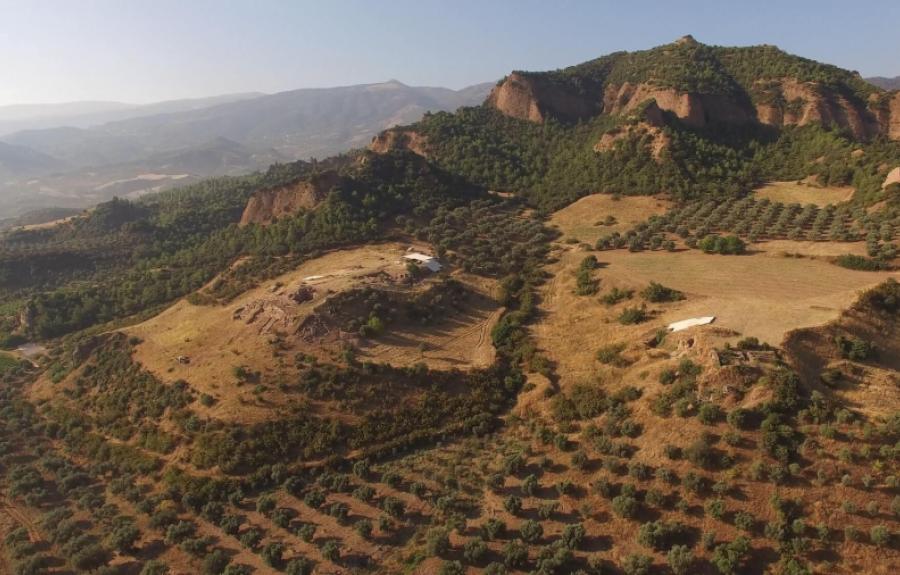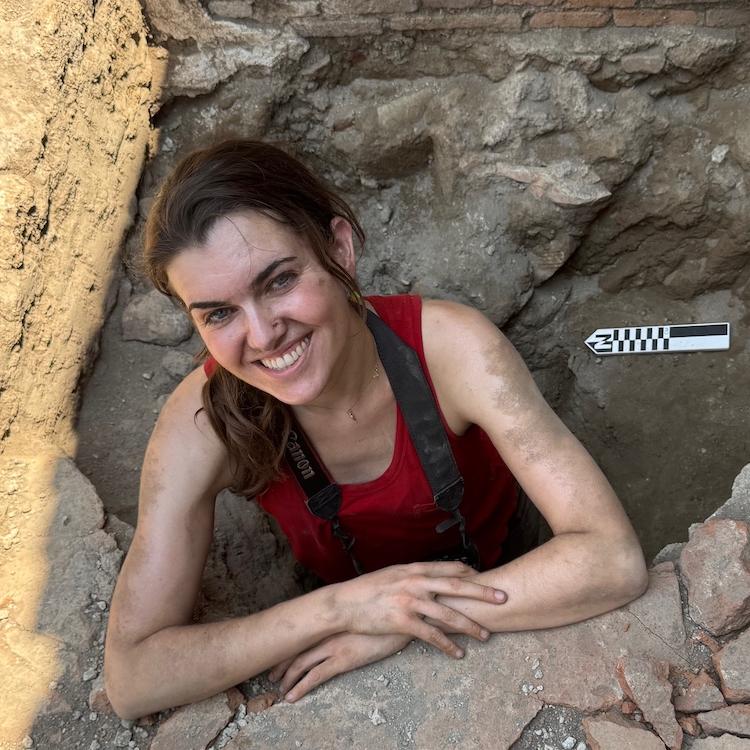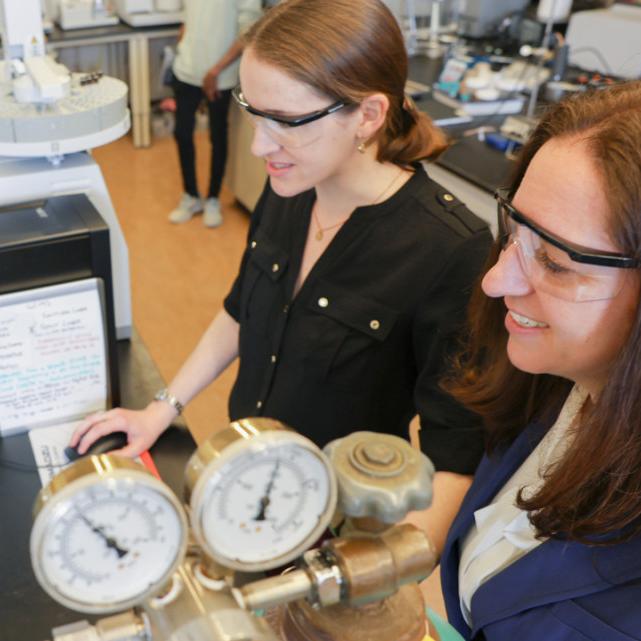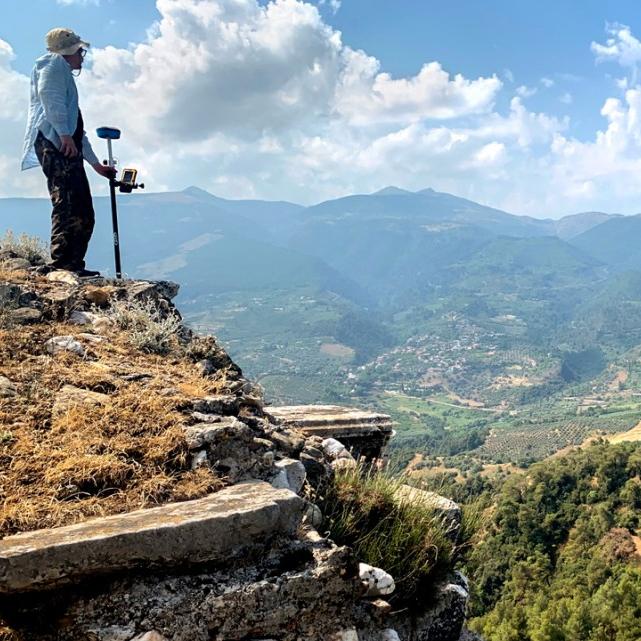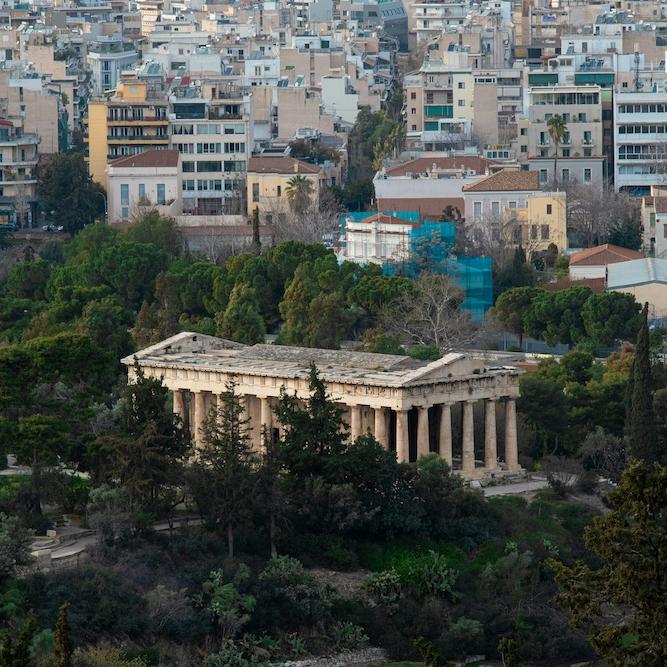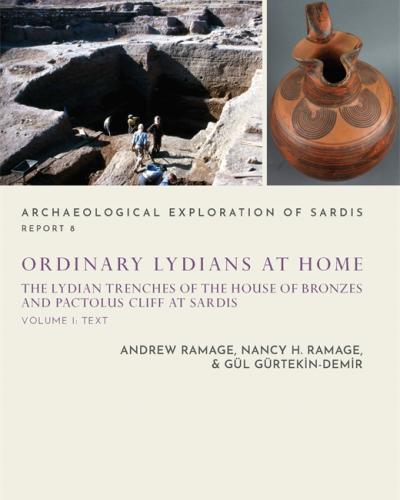Special thanks to Annetta Alexandridis, Nancy Ramage, & Andrew Ramage for their help with this article.
In his Histories, Herodotus investigates the causes of the Persian Wars, beginning with the Lydian empire in Anatolia and its capital Sardis (modern Sart, Turkey). Famously rich, due in part to the gold that the Pactolus River washed down from the Tmolus mountains into the city, the Lydians were the first to mint coins. Croesus, the last of the Lydian kings, dedicated lavish votive offerings at Delphi and Didyma, and also subjugated the Greek cities in Ionia. He lost Lydia to the Persians after he misinterpreted the Delphic oracle that a great empire would be defeated, not realizing that the empire would be his own.
The Lydians have been the subject of the Cornell and Harvard excavations at Sardis over the last sixty years. In their new book, distributed by Harvard University Press in 2021, Andrew and Nancy Ramage present a synthesis of a vast quantity of everyday material as a vivid picture of daily life in early Sardis, during the period when the Lydians were conquering most of western Anatolia. Entitled Ordinary Lydians at Home: The Lydian Trenches of the House of Bronzes and Pactolus Cliff at Sardis, the book traces the continuous occupation from the Late Bronze Age to the middle of the sixth century BCE, when the Persians under Cyrus the Great captured the capital city of King Croesus. It is fully illustrated, both with images of the excavation and with color photographs and drawings of all the published pottery. It is also accompanied by a lavish and well-designed second volume of plates. The book was written in collaboration with R. Gül Gürtekin-Demir, an expert on Greek ceramics in Anatolia, and a professor at Ege University, Izmir.
Nancy, the Charles A. Dana Professor of the Humanities and Arts Emerita at Ithaca College, and Andrew, Professor Emeritus in the Department of the History of Art and Visual Studies, and member of the graduate field of Classics at Cornell University, have been going to Sardis as part of the Harvard and Cornell Archaeological Exploration of Sardis since the mid-1960s, when they were both graduate students at Harvard. Nancy started out as the draftsman, drawing the pottery and other finds that were dug up each season, and later moved on to publish the sculpture and Attic pottery found at the site. Andrew, who had already worked on digs in England and at Knossos, began as an excavator and worked closely with Lydian material over many years. He not only excavated in the Lydian trench of the House of Bronzes, described in the new book, but he later also discovered the gold refinery of King Croesus and the City Wall of Sardis, a feature that had remained unrecognized for decades. The discovery of the remnants of the mud brick wall, in particular, completely changed (and corrected) archaeologists’ understanding of the ancient city’s topography.
Aerial view of Sardis
Alt Text
Aerial view of SardisAerial view of Sardis © Archaeological Exploration of Sardis/President and Fellows of Harvard College
Finding a way to compile the records of two trenches at Sardis, excavated over more than a decade, proved to be very challenging. The House of Bronzes trench, especially, contained masses of material and a complicated stratigraphy that needed to be clarified so that others might use these finds for comparison, and for a better understanding of the centuries when little was known in this region of Turkey. As Annetta Alexandridis, Associate Professor of the History of Art and Visual Studies and Classics at Cornell, says about the importance of this work, “The Lydian strata in this sequence now provide a firm chronological ground for all future studies, and a comprehensive overview of Lydian material culture of the ‘ordinary’ people.”
Alexandridis is co-teaching the seminar “Sardis: A City at the Cross-Roads” with Associate Professor Benjamin Anderson this spring, and they and their students recently had the opportunity to discuss the Ramages’ book and its findings with the authors only a week after its release. The hybrid teaching mode also facilitated the invitation of other experts. Christina Luke (Cornell PhD 2002 - Anthropology) and Christopher Roosevelt (Cornell PhD 2003 - History of Art and Archaeology, author of The Archaeology of Lydia, 2009, and director of the Research Center for Anatolian Civilizations), both professors at Koç University, Istanbul, kicked off the series. As co-directors of the Gygaia-Project and the Central Lydia Archaeological Survey, they were able to lead conversation on topics ranging from heritage diplomacy and sustainability to the Anatolian Bronze Age and landscape archaeology. Philip Stinson, Associate Professor of Classics at the University of Kansas and Curator-in-Charge of the Wilcox Classical Museum, was the only non-Cornellian to join the seminar via Zoom. Jessica Levin Martinez, Richard J. Schwartz Director of the Herbert F. Johnson Museum of Art at Cornell, who had worked with members of the Sardis team in her previous position at Harvard, encouraged students to think creatively of ways to give the site a presence at the Johnson Museum. Alexandridis adds, “Several students have picked up on [Martinez’s] call for their final projects. Stay tuned!”
To learn more about Ordinary Lydians at Home, visit the Harvard University Press website here.
For more on the Sardis excavations, now under the direction of Professor Nicholas Cahill of the University of Wisconsin-Madison, explore the excavation website here or contact Benjamin Anderson (bwa32@cornell.edu) or Annetta Alexandridis (aa376@cornell.edu). Both Anderson and Alexandridis also pursue their own research projects at Sardis on the Acropolis and Roman funerary culture, respectively.
Photo courtesy of sardisexpedition.org ©Archaeological Exploration of Sardis/President and Fellows of Harvard College

